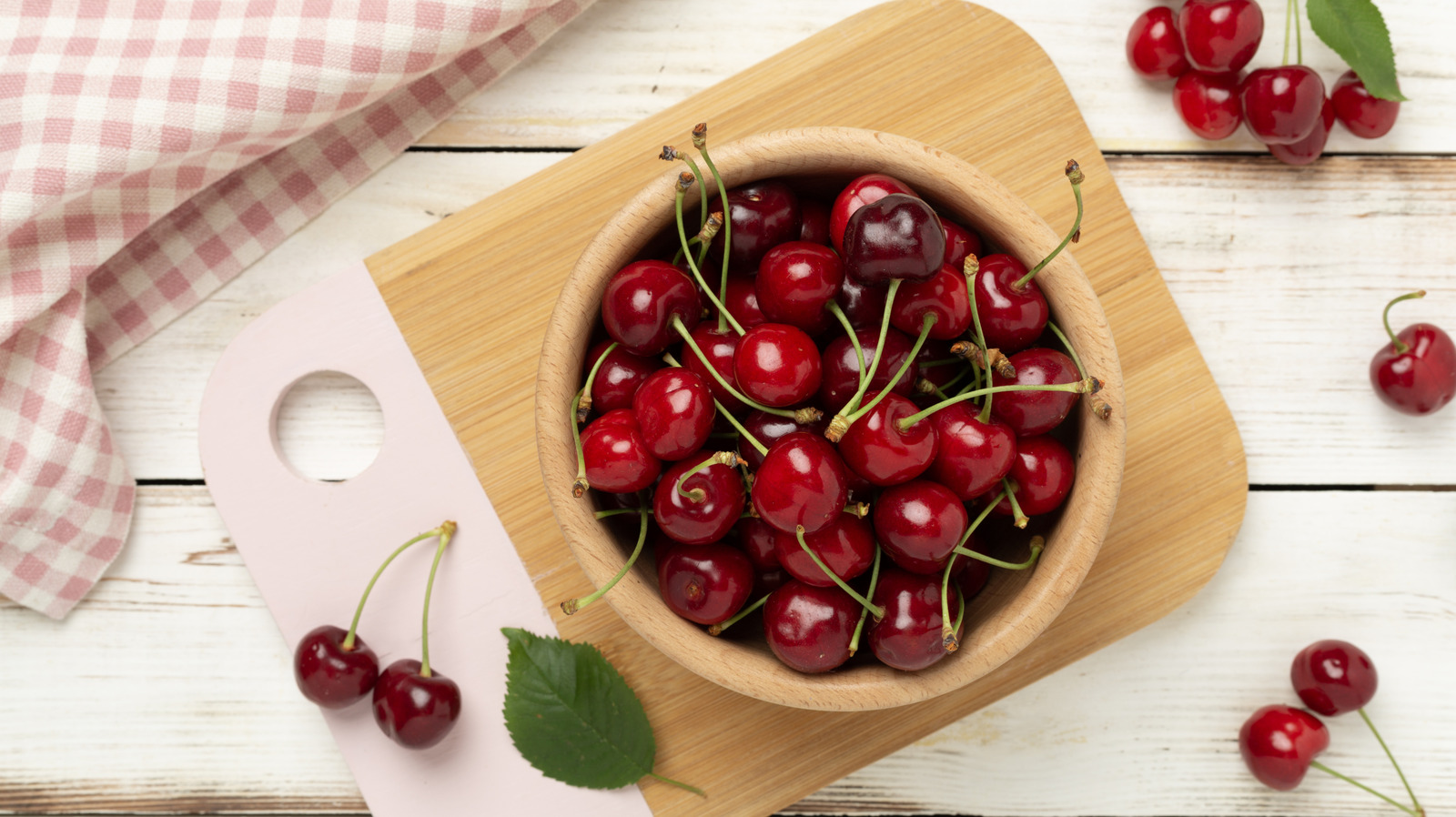
"Cherries start out as delicate blossoms, just waiting for the right combination of temperature, light, timing, and pollination to become the burgundy sweet-tart fruit we all know and love. Sometimes, you get perfectly round, plump, and glossy fruits. At other times, misshapen, lumpy cherries end up in the harvest basket, raising concerns about whether they're still safe to eat. Considering just how expensive they can be,"
"More specifically, it's the high temperatures during summertime, often above 94 degrees Fahrenheit, that cause the pistil (one of the flower's reproductive parts) to double during the development process. By the time spring arrives, the fruits will have taken form as two incomplete cherries fused into one (doubling) or one cherry with a tiny side fruit (spurring). Some types of cherries are more susceptible to this than others, such as Bing, Royal Ann,"
Cherries develop from blossoms when temperature, light, timing, and pollination align, producing round, plump fruit. Excessive environmental stress, particularly high summer temperatures often above 94°F, can cause pistil doubling, producing fused or side-fruited cherries known as doubling and spurring. Those deformities are not caused by chemical sprays but by developmental stress during the previous season. Certain cultivars, including Bing, Royal Ann, Early Burlat, and Van, are more susceptible. Growers commonly cull doubled or spurred cherries because they fail cosmetic quality standards and can reduce profits, yet the affected fruits remain edible.
Read at Tasting Table
Unable to calculate read time
Collection
[
|
...
]